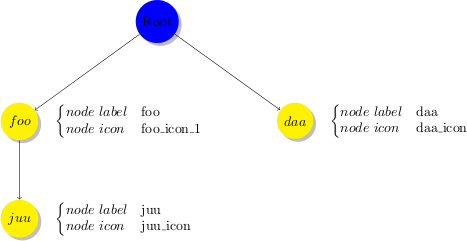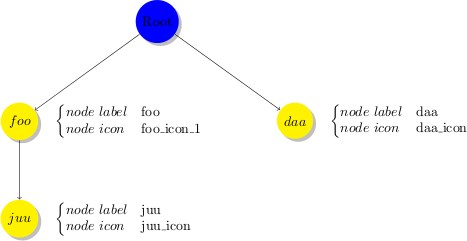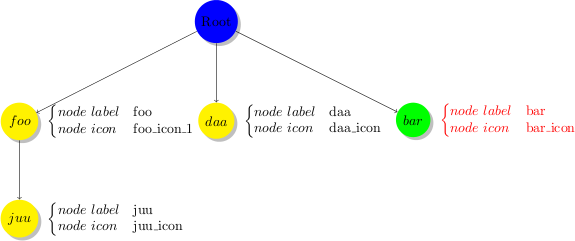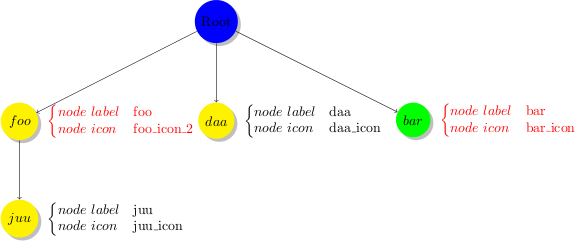<component>
<key>org.exoplatform.portal.config.UserPortalConfigService</key>
<type>org.exoplatform.portal.config.UserPortalConfigService</type>
<component-plugins>
............
</component-plugins>
<init-params>
<value-param>
<name>default.import.mode</name>
<value>merge</value>
</value-param>
</init-params>
</component>
In the Portal extension mechanism, developers can define an extension that Portal data can be customized by configurations in the extension. There are several cases which an extension developer wants to define how to customize the Portal data, for example modifying, overwriting or just inserting a bit into the data defined by the portal. Therefore, GateIn also defines several modes for each case and the only thing which a developer has to do is to clarify the usecase and reasonably configure extensions.
This section shows you how data is changed for each mode.
Import Mode
In this section, the following modes for the import strategy are introduced:
-
CONSERVE
-
MERGE
-
INSERT
-
OVERWRITE
Each mode indicates how the Portal data is imported. The import mode value is set whenever NewPortalConfigListener is initiated. If the mode is not set, the default value will be used in this case. The default value is configurable as a UserPortalConfigService initial param. For example, the bellow configuration means that default value is MERGE.
The way that the import strategy works with the import mode will be clearly demonstrated in next sections for each type of data.
Data Import Strategy
The 'Portal Data' term which has been referred in the previous sections can be classified into three types of object data: Portal Config, Page Data and Navigation Data; each of which has some differences in the import strategy.
Portal Config
PortalConfig defines the portal name, permission, layout and some properties of a site. These information are configured in the portal.xml, group.xml or user.xml, depending on the site type. The PortalConfig importer performs a strategy that is based on the mode defined in NewPortalConfigListener, including CONSERVE, INSERT, MERGE or OVERWRITE. Let's see how the import mode affects in the process of portal data performance:
-
CONSERVE: There is nothing to be imported. The existing data will be kept without any changes.
-
INSERT: When the portal config does not exist, create the new portal defined by the portal config definition. Otherwise, do nothing.
-
MERGE and OVERWRITE: The same behavior. The new portal config will be created if it does not exist or update portal properties defined by the portal config definition.
Page Data
The import mode affects the page data import as the same as Portal Config.
If the Import mode is CONSERVE or INSERT, the data import strategy always performs as the MERGE mode in the first data initialization of the Portal.




